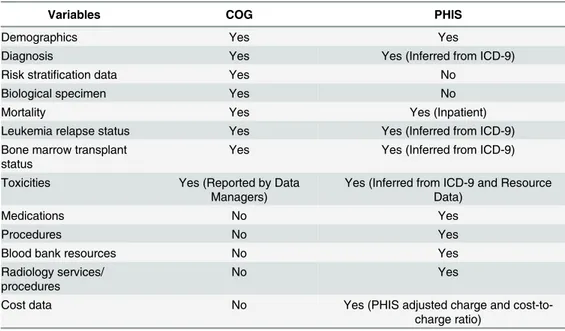Merging Children's Oncology Group Data with an External Administrative Database Using Indirect Patient Identifiers: A Report from the Children's Oncology Group.
Texto
Imagem




Documentos relacionados
Patient charts, as well as case report forms, were reviewed using a standardized research tool in order to collect demographic data, data relating to TB, data relating to
Results: he core data from the database includes demographic, administrative and physiological parameters, as well as speciic report forms used to gather detailed data
An investigation into the predisposing causes was initiated, using computer patient charts as the data source. A number of predisposing factors were selected, based on the
Keywords: Computer Poker; Poker hand probabilities; Opponent modeling; Texas Hold’em Poker; Incomplete information games; Game state abstraction..
The present study measured the effect of the program on the growth of participating children, using children registering with this program as comparison group (children not
In oncology, the SPIKES protocol exemplifies the concept of using a series of steps based on setting up (time is essential), perception (what the patient already knows),
Based on the data of our study, we found that the Coaguchek S™ system can be used to monitor prothrombin time in patients using oral anticoagulant medication in an
This study analyzed the clinical and epidemiological characteristics and treatment of osteoarticular infections in children, based on data collected from patients treated at